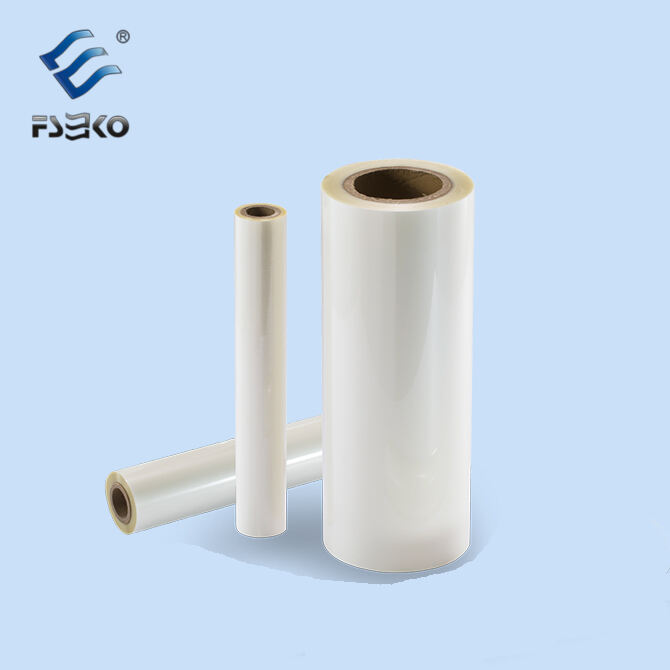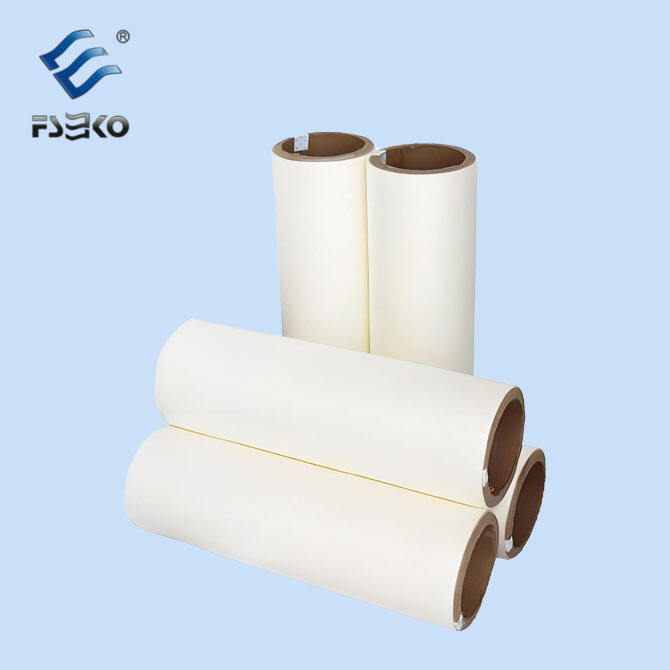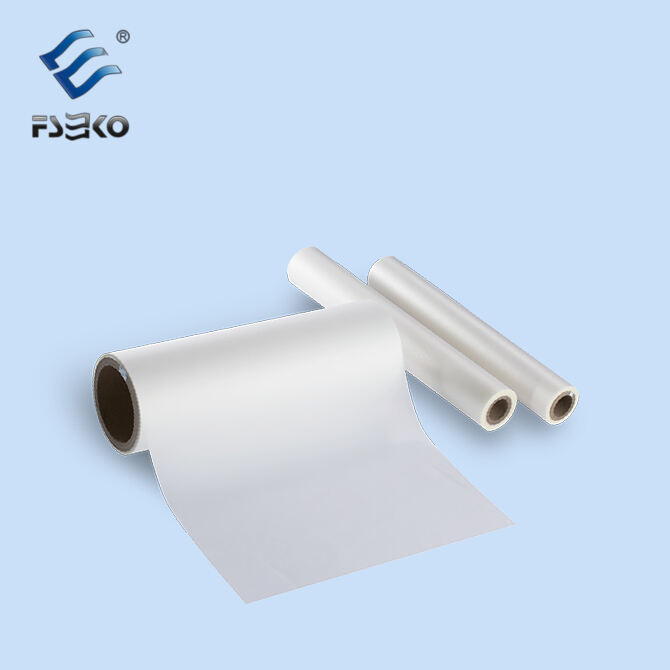When it comes to the comparison between plastic - free film and traditional film, several key aspects come into play, and Guangdong EKO Film Manufacture Co., Ltd., a leading player in the printing laminating materials industry since 1999, can provide valuable insights. One of the most prominent differences lies in their environmental impact. Traditional films are typically made from non - renewable fossil fuels such as polyethylene and polypropylene. These materials take hundreds of years to decompose in landfills, contributing significantly to the global plastic pollution crisis. In contrast, plastic - free films are often crafted from renewable resources like paper, starch, or bio - based polymers. They are biodegradable and compostable, breaking down into natural elements within a relatively short period, thus reducing the long - term environmental burden. In terms of performance, traditional films have long been the go - to choice due to their well - established properties. They offer good strength, durability, and moisture barrier capabilities, making them suitable for a wide range of applications including packaging, printing, and industrial uses. However, they may have some drawbacks. For instance, they can be prone to static electricity, which can cause issues during the printing and converting processes. Plastic - free films, on the other hand, have made remarkable advancements in recent years. Many plastic - free films now offer comparable strength and durability to traditional films, especially when it comes to packaging applications. Some plastic - free films also exhibit excellent moisture barrier properties, making them ideal for packaging food and other sensitive products. Additionally, they are often more resistant to tearing and puncturing than some traditional films, especially those made from thinner materials. Another aspect to consider is the printability of the films. Traditional films usually have good printability, allowing for high - quality and vibrant prints. Plastic - free films have also improved in this area. With the development of new coating technologies and print - friendly formulations, many plastic - free films can now achieve excellent print results, comparable to those of traditional films. Cost is also a factor in the comparison. Traditional films have been in the market for a long time, and their production processes have been optimized, resulting in relatively low costs. Plastic - free films, especially those made from newer and more sustainable materials, may initially have higher production costs. However, as the demand for plastic - free films increases and production technologies improve, the cost gap is expected to narrow. At Guangdong EKO Film Manufacture Co., Ltd., we are committed to providing high - quality plastic - free films that can compete with traditional films in terms of performance while offering significant environmental benefits. We continuously invest in research and development to enhance the properties of our plastic - free films and make them a more viable alternative to traditional films in various applications.


